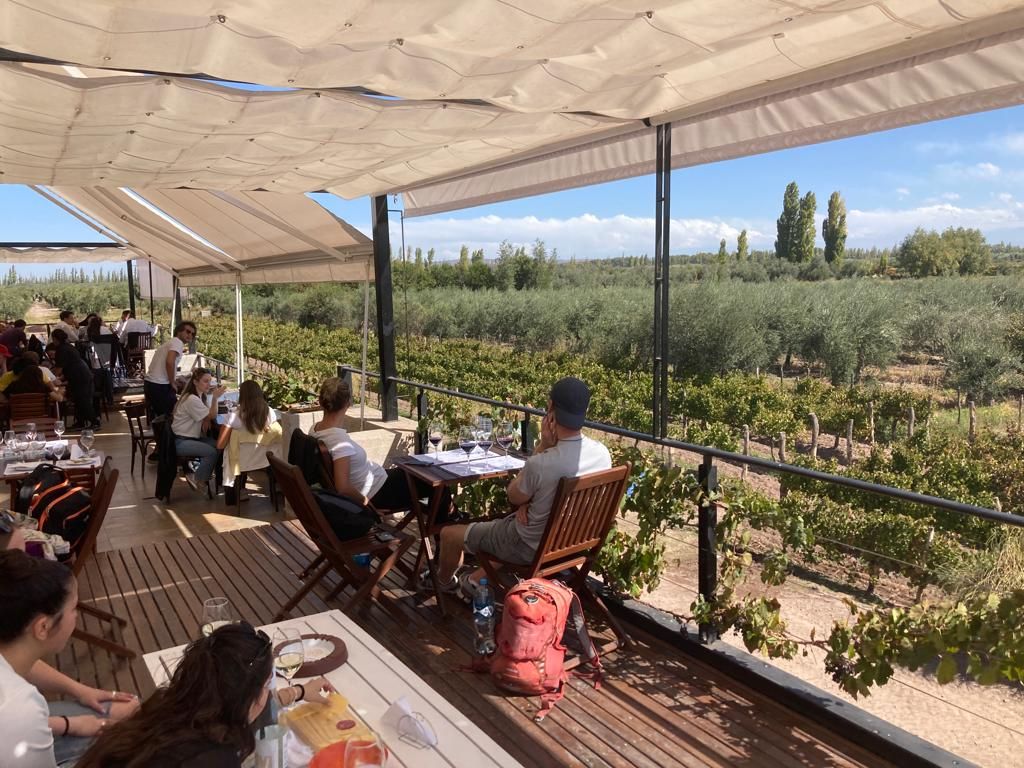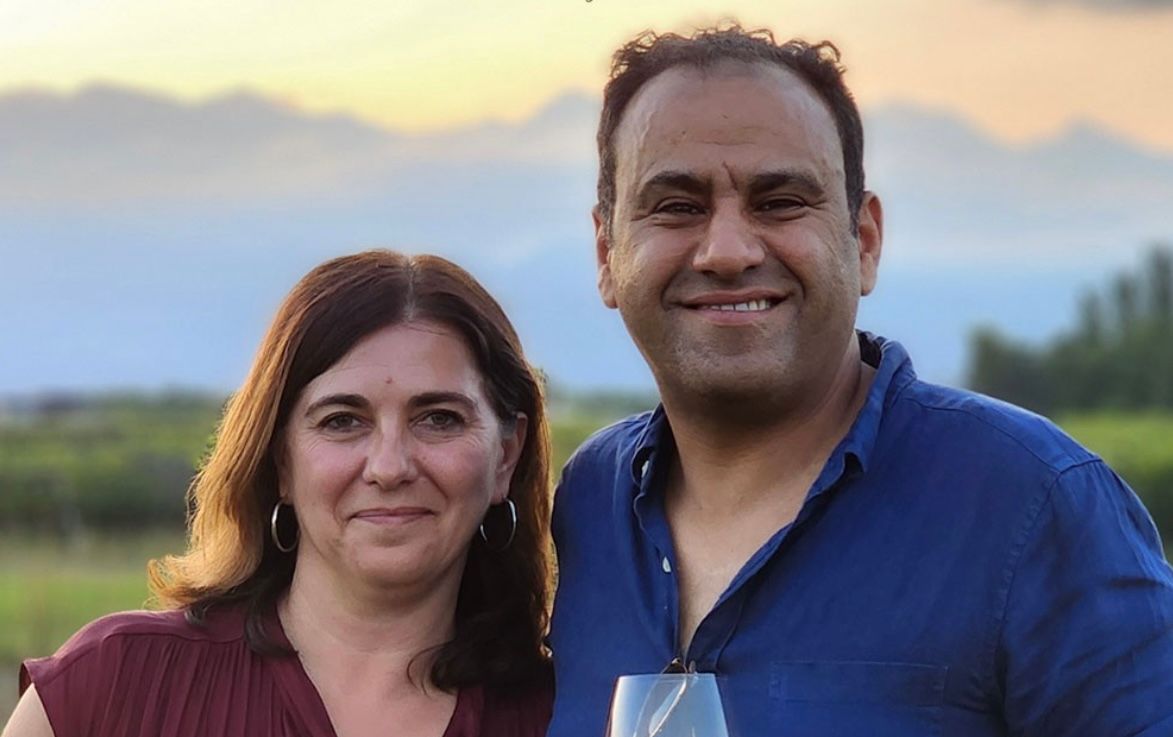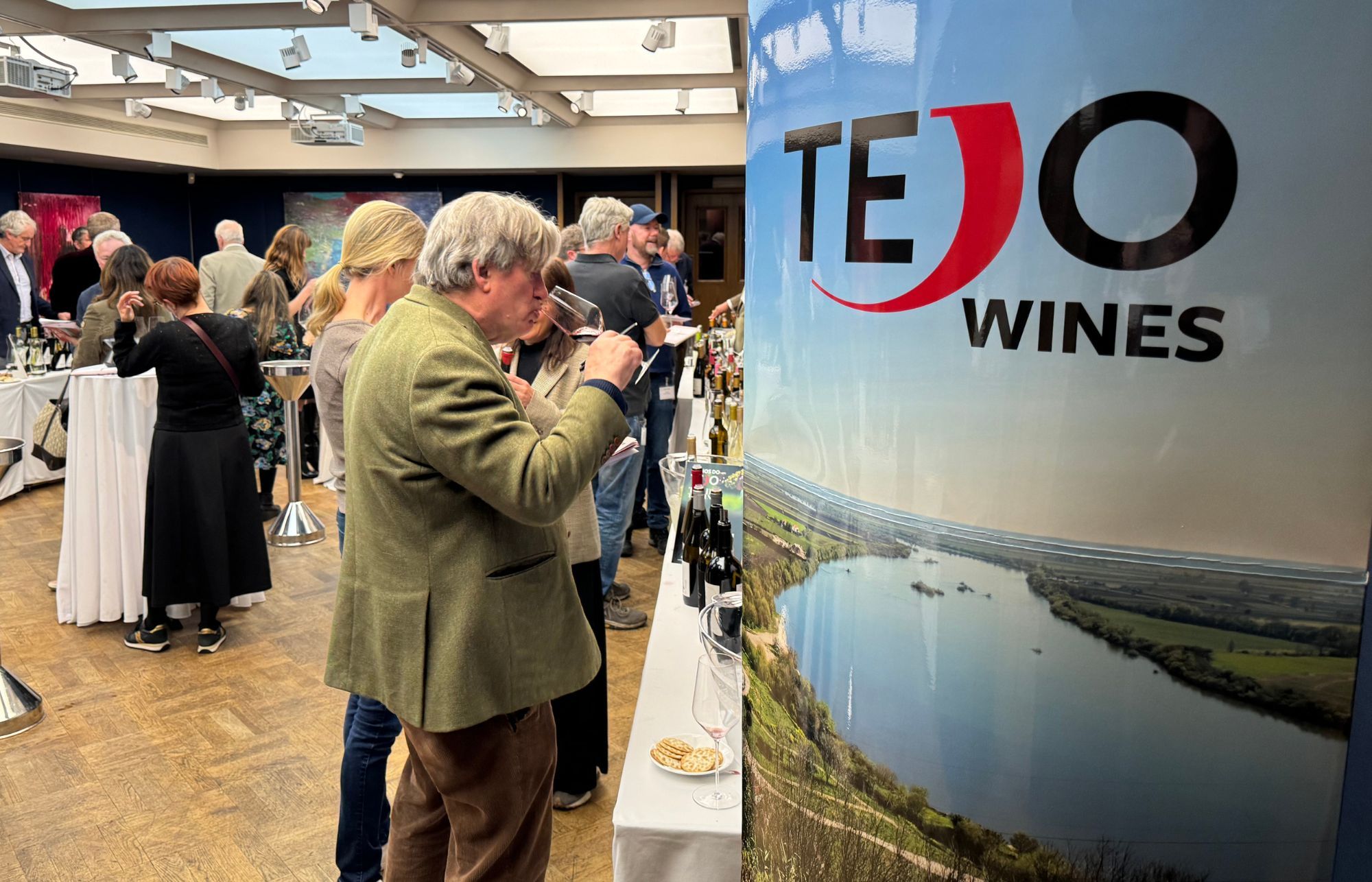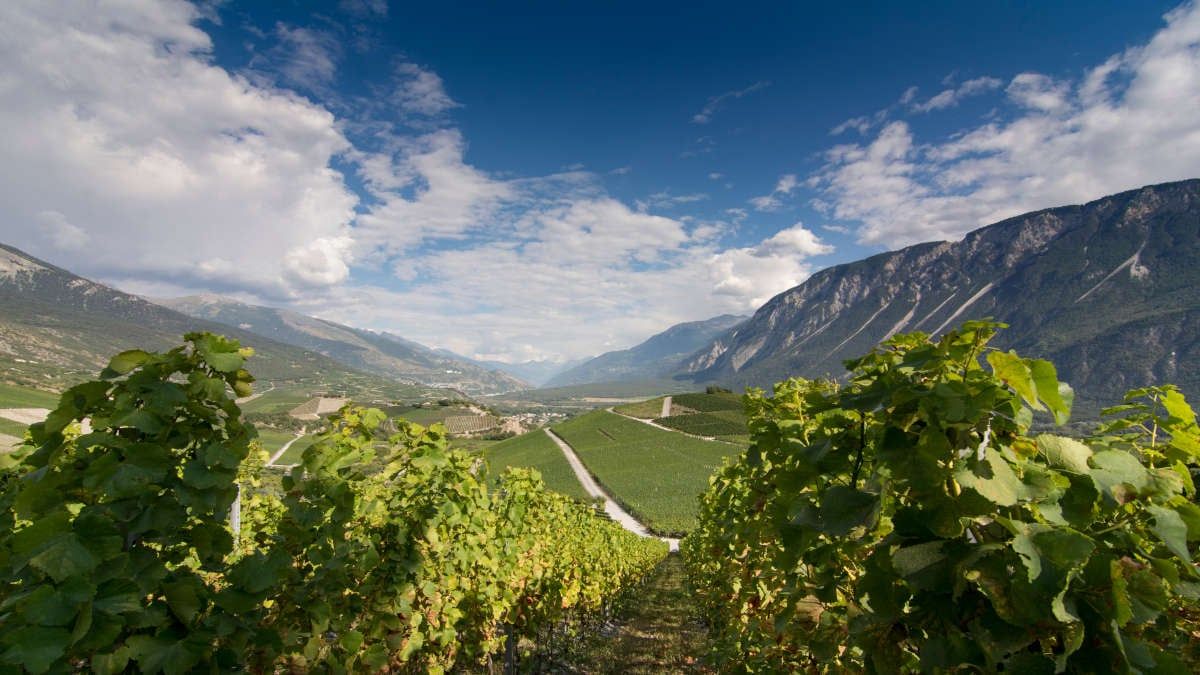When they are not travelling around enjoying the delights of South America David Crowe and his wife, Toni, are, respectively, a management consultant and civil servant – who like a glass or two of wine but are, by their own admission, far from experts. Which makes their first hand report of what visiting wineries in South America meant to them, as tourists, a fascinating read.
“Only drink wine in Argentina: There are many great beers but they are the same as across the rest of the world – the wine is unique, excellent and it’s cheap.” This was the advice we received from an unlikely source, the local guide taking us to a Boca Juniors football match in Buenos Aires.
The advice was spot on. Argentina’s misfortune with inflation topping 100% is a massive bonus for tourists because it makes drinking good wines incredibly cheap. Tempting as it was at times to order an ice cold beer, we stuck to the wine – mainly red and mostly Malbecs and were never let down. Waiters invariably made great recommendations; when I ordered a wine to accompany the consistently superb steaks, the waiter’s response was ‘this is good, but this is excellent’ indicating a wine which was only a few pounds more expensive.
Our visit to Argentina was only part of our pre-retirement trip to South America to experience the continent’s amazing landscapes and wildlife as well as its vibrant cities, culture, food and of course its excellent wine regions. We weren’t disappointed.
First stop: Uruguay
The first stop on our wine odyssey before Argentina was Uruguay, probably the least well known of South America’s wine regions but with a growing reputation, particularly for its Tannat grape.

Uruguay’s Bodeas Bouza on the outskirts of Montevideo is a great example of the country’s exciting wine and tourism scene
A highlight was a visit to Bodegas Bouza, a magnificent family-owned winery, with some very tasteful architecture including a restored old church which houses its wine making facilities and cellar. The tasting area also contains a motor museum which is slightly random but the collection of well maintained vintage cars and scooters make an interesting diversion. The vineyard is located on the outskirts of the capital Montevideo, although they also have vineyards in Canelones and Maldonado.
Its signature wine is the full-bodied Tannat Reserva. The winery also cultivates a variety of other grapes, including Merlot, Cabernet Sauvignon, Tempranillo, Albariño and Chardonnay. We enjoyed their tasting session and were particularly taken with their fruity, chocolatey 2020 Monte Vide Eu which provides a nicely balanced blend of Tempranillo, Merlot and Tannat. The Tannat is the dominant component and the wine is created from the best barrels of these varieties each year.
We decided to have lunch at the vineyard too, as the setting was so idyllic, and were served a delicious rack of lamb in the excellent restaurant accompanied perfectly by a bottle of Parcela Unica Tannat A8 2019 with notes of oak, black fruit and leather. After this experience I vowed never to be sniffy about Uruguayan wines again.

There is even a vintage car collection to enjoy at Bodegas Bouza
Experiencing Argentina
From Uruguay, we took a short ferry hop to cosmopolitan and vibrant Buenos Aires, one of the great world cities which combines the best elements of Paris, Madrid and Barcelona. We visited some excellent restaurants such as El Preferido in the trendy Palermo district, voted best restaurant in Latin America in 2020, and more traditional venues such as Rodi in the upmarket Recoleta district. The quality of the food and wines combined with the low cost, make them an absolute must for any travellers to Argentina.
Next stop was Argentina’s Mendoza region in the west of the country. It has over 1,200 wineries, so we had lots of options to choose from. At the time of our visit, the vines were turning lovely autumnal colours and everything was peaceful, except for the Andean foxes who now had the run of the vineyards. It’s a great time to visit with a bit more calm in the winery after all the action of the harvest.

Tempus Alba has had five generations of winemakers
For our first day we decided on the cheap and cheerful approach by hiring bikes in the Maipú area and cycling between the various wineries. The roads are well served with much needed cycling lanes for those heavy headed, wobbly rides back to the hire shop at the end of the day.
The main road which intersects Maipú is nondescript, dusty and heavy with traffic, so we were initially somewhat apprehensive but need not have worried; as soon as we departed from the main road the vineyards hoved into view with the stunning snow-capped Andes as a backdrop.
The first winery we stopped at was Bodega Mevi, a boutique winery. It seemed out of the way and it was a quiet autumnal day so we were surprised when we arrived to find the tasting terrace, which faces the Andes and overlooks the vineyard, full of young backpackers sampling their Cabernet Sauvignon, Malbec, Chardonnay and Syrah accompanied by cheese and empanadas.
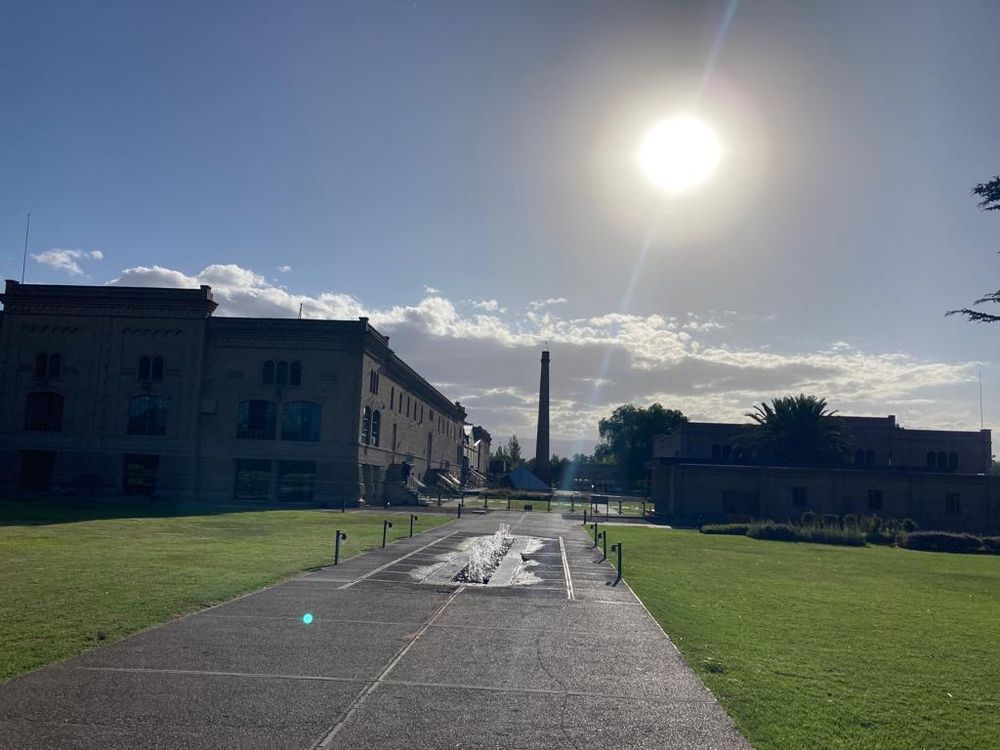
The stunning backdrop of Trapiche winery – one of the most tourist friendly of producers in Mendoza
From there we cycled to Tempus Alba and another beautiful backdrop for our tasting experience. Also on the terrace with the owners, the Biondillilo family, was Mark Bradbury from Ruta40, which specialises in importing high quality boutique Argentinian wine from small wineries that you won’t find in the big stores. Mark explained how this year has been a much more challenging one for all of the winemakers, and particularly difficult for those with vineyards in the east of the Mendoza region. Due to some freakishly bad weather early in the year the quantity of grapes is much lower than usual, however on the plus side the quality of those that made it to harvest is very high.
At the end of the day we managed also to fit a quick final stop to the large, award winning Trapiche winery before heading back to the bike hire shop for a very sociable happy hour and cheap plonk, with the other wine cyclists before falling into a comfortable slumber in an Uber back to our hotel.
Hello to Luján de Cuyo
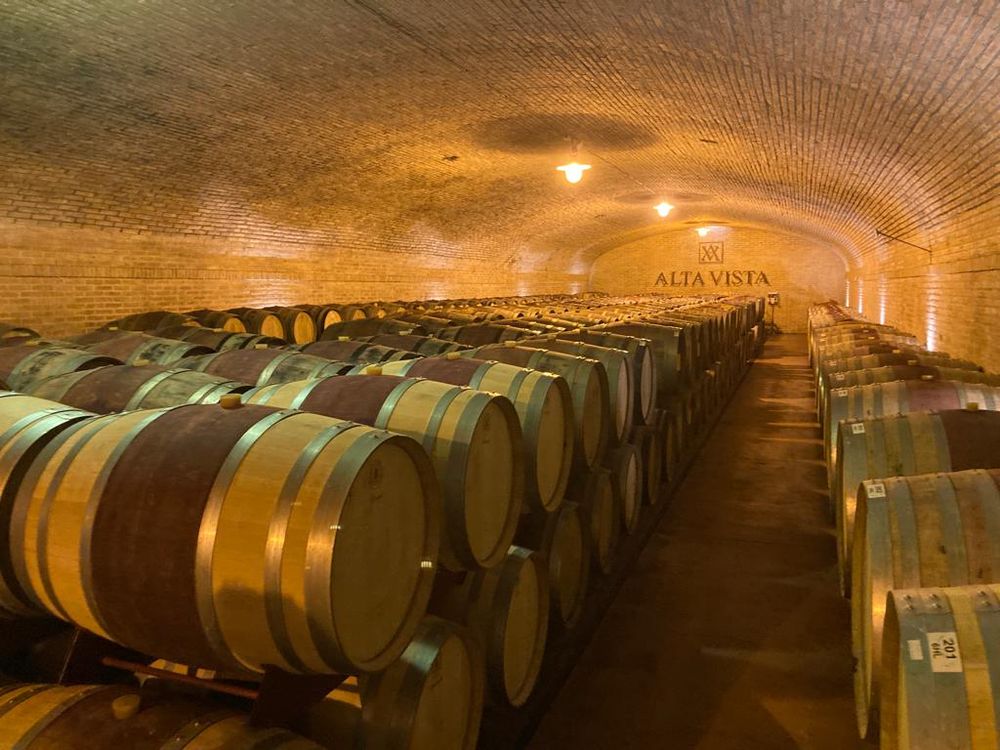
Alta Vista is making a name for itself in the Luján de Cuyo region of Mendoza
The next day, suitably refreshed, we took a trip out to Luján de Cuyo, also in Mendoza Province and one of the oldest wine regions in Argentina. We had a very enjoyable visit to the French owned Alta Vista winery whose USP is its focus on the French wine making style. The owners had bought the original disused vineyard some 50 years ago and introduced some new techniques that built upon the traditional methods.
The tour consisted of a walk through the winemaking process and a visit to their cellar, finishing up in their tasting room with a tasting focusing on their signature Torrontes and single vineyard Malbecs from 2019. Our favourite was the Serenade which typical of the area, contained intense black fruit flavours as well as notes of vanilla and leather.
The following day we had an 11am start at Luigi Bosca’s Finca back in Maipú. Luigi Bosca has seven vineyards in the province overall which supply Malbec, Cabernet Sauvignon, Cabernet Franc, Pinot Noir, Syrah, Pinot Blanc and Sauvignon Blanc. By this time we weren’t sure we could face more wine at such an early hour, but once there the whole fantastic experience won us over. The setting takes some beating; the Finca itself is a beautiful mansion with attractive gardens and fountains, also facing the Andes.

Taking it all in at Luigi Bosca…
The original owner came from Pamplona in Spain to create the vineyard. His son introduced olive trees to the vineyards, and his grandson has energetically promoted South American wines across the world.
We had booked its relatively new ‘Roots Experience’ which by Argentinian standards was an expensive day out, but they really pull out all the stops to make it a day to remember. After being welcomed with our first glass, we were serenaded by a duet – a cellist and a percussionist whose principal instrument was wine glasses. From there we were taken on a guided tour of the vineyards equipped with iPads and headphones with ‘tasting stations’ at various points within the vineyard hosted by a variety of well informed staff who talked us through each wine as well as an olive oil tasting. The day was capped off with an exquisite picnic lunch in the dappled sunlight accompanied by an excellent bottle of Les Nobles Malbec.
Welcome to Chile
After traversing the stunning Andes on a six hour drive from Mendoza we arrived at the last leg of our wine trip to Chile and specifically to the Casablanca valley region which is known for producing high-quality white wines, particularly Sauvignon Blanc, Chardonnay and Pinot Noir. The moderate valley climate which is tempered by coastal winds ensures the grapes ripen slowly, resulting in wines that are fresh, zesty and vibrant.

The tasting terrace at Kingston Family Vineyards
Our first stop in Casablanca was the Kingston Family Vineyards an American family-owned vineyard overseen by a small young team of fifteen which produces small-batch, hand-crafted wines, including Pinot Noir, Syrah, and Sauvignon Blanc.
The modern, glass fronted tasting room looked out onto the valley and provided a beautiful setting for an informative and enjoyable tasting session. As we were being shown around there was a sudden outburst of clapping from the employees as the last grapes of the harvest went through the sorting and stalking machine.
We particularly enjoyed the elegant, summer fruit infused Alazan Pinot Noir. The pairings to the wines in this tasting session were perfect and we were sorry not to be having lunch there but we had booked lunch at the beautiful ranch style restaurant of the the Casas del Bosque vineyard which is renowned for its Sauvignon Blanc and Chardonnay wines, as well as its award-winning Syrah. We weren’t disappointed with our meal of bife de chorizo accompanied by their classy Privat Reserve Gran Estate Selection, which blends Syrah with Malbec.
That’s a wrap

The view over Chile’s Casablanca valley from Kingston winery
What can we say overall about our trip? Firstly, it was really easy to do the tour, even with our incredibly limited Spanish, using a combination of taxis and bikes. The wineries were all easy to engage with through their websites and although organised tours are available, we preferred the flexibility which a self-organised tour provides.
The scenery is stunning and South America is considerably cheaper than Europe so high quality wines can be experienced relatively inexpensively. Also it offers something for everyone, from the entry level tastings for backpackers to exclusive customised experiences for oenophiles. The guides for our visits were refreshingly young and informal, and were all incredibly enthusiastic and knowledgeable about their wines and their wine making. They were all passionate and proud of the wines they produced, and genuinely interested in hearing our feedback on the wines they shared with us.
They were wonderful ambassadors who successfully showcased what South America can offer in terms of the quality of its wine and the sophistication of its wine culture and gastronomy.
